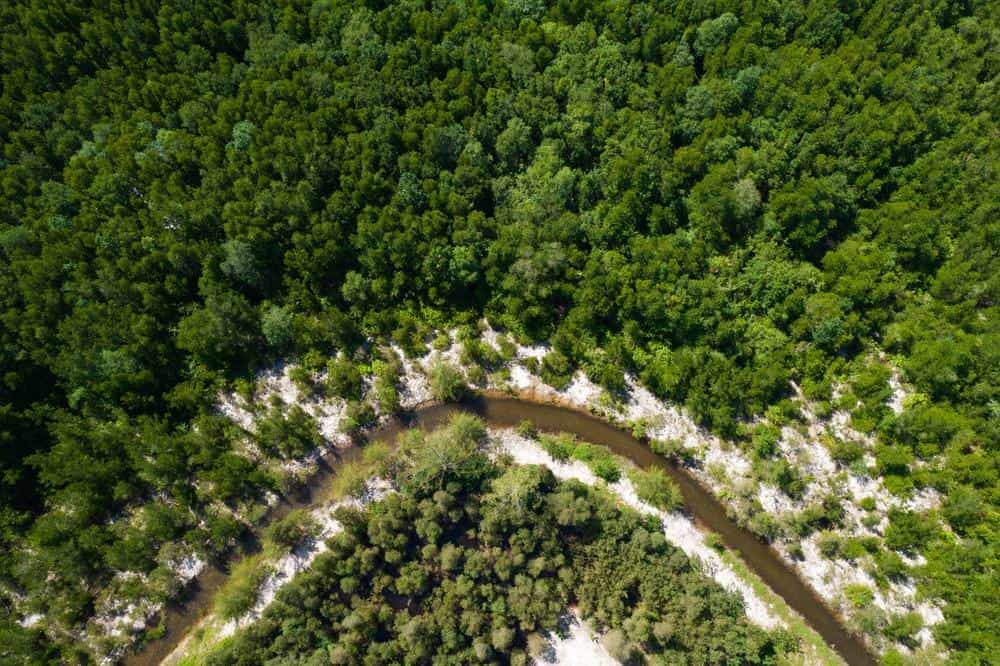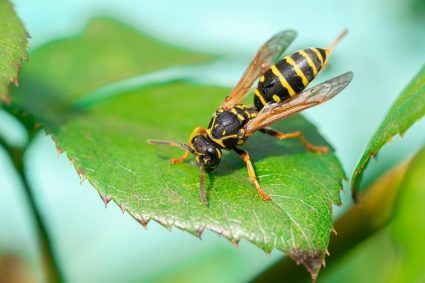
Wild hogs are a common nuisance for many deer hunters and landowners. They are notorious for raiding deer feeders, consuming expensive feed, and causing significant damage to the feeder and surrounding area. This comprehensive guide will provide you with a variety of strategies on how to keep hogs out of deer feeders, including building a fence, elevating mineral blocks, and using gravity-flow tube feeders.
To keep hogs out of deer feeders, you can employ strategies such as building a fence around your feeder, elevating mineral blocks, using gravity-flow tube feeders, applying repellents, installing varmint deterrent strips, and suspending the feeder. Regular maintenance of these barriers is crucial to ensure their effectiveness. Remember, these methods are not foolproof but will make it significantly harder for hogs to access and consume the feed.
Why Do Hogs Visit Deer Feeders?
Hogs are attracted to deer feeders because they provide an easy source of food. Hogs are omnivorous, meaning they eat both plants and meat, and they are particularly drawn to the corn or protein feed often used in deer feeders.
Hogs are primarily nocturnal, especially during warmer months, which increases the likelihood of them visiting deer feeders during nighttime hours. Therefore, setting up feeders to dispense food during nighttime hours, such as 9 PM or 10 PM, can increase the chances of attracting hogs.
Dangers of Hogs Frequenting Deer Feeders
Having hogs frequent deer feeders poses several risks and dangers. These include competition for food resources, disease transmission, predation on fawns, disruption of deer feeding patterns, and damage to wildlife habitat. To mitigate these risks, it is essential to control the hog population through methods such as trapping and hunting.
Strategies to Keep Hogs Out of Deer Feeders
Build a Fence
Building a fence around your feeder is one of the most effective ways to keep hogs out. Use 3-foot-high mesh fencing or, preferably, 4-foot-high hog wire and T-posts to build a fence to encircle your spin feeders or mineral sites. The enclosure should be at least 40 feet across with the feeder in the center. Posts should be no more than 8 feet apart. Construct a small gate to allow access to refill the feeder. Deer, turkeys, and other wildlife can easily negotiate the fence, but feral hogs can’t.
Elevate Mineral Blocks
Another effective strategy is to elevate mineral blocks. Drive a T-post in the ground where you want to establish a mineral site. Drive a 1/2-inch piece of rebar in the corner of the T-post, leaving it 6 inches above the post. Secure the two together with wire or clamps. Drill a 5/8-inch hole in a mineral rock or food block, then place it on the rebar. The post keeps the block from sliding to the ground and out of reach of feral hogs.
Use Gravity-Flow Tube Feeders
Tube feeders keep feed out of reach of hogs but available to deer. Protein feed or corn can be used in this type of feeder, and the design keeps hogs from using it. Brace the legs of the feeder with T-posts to prevent hogs from knocking it down.
Use Repellents
Applying products like Wild Hog Scram, a blend of natural and biodegradable ingredients designed to reduce and eliminate wild hog activity, can also help keep hogs away from your deer feeders.
Install Varmint Deterrent Strips
Attaching deterrent strips like Boss Buck Shark Teeth to your feeder can repel hogs, livestock, and raccoons. These sharp strips are designed to deter unwanted creatures from accessing the feeder.
Suspend the Feeder
Another strategy is to hang the feeder from a chain between two trees, making it difficult for hogs to reach it.
Conclusion
While these solutions are helpful, they aren’t a silver bullet and won’t prevent pigs from attempting raids on your bait sites. They’ll still be attracted to them, but at least they’ll have a tougher time stealing so much of your expensive feed and minerals. Remember to regularly check and maintain your fencing or barriers to ensure their effectiveness in keeping hogs out of deer feeders. With a little bit of effort and strategic planning, you can ensure that your deer feeders serve their intended purpose without becoming a free buffet for wild hogs.
Frequently Asked Questions
What is a gravity-flow tube feeder?
A gravity-flow tube feeder is a type of deer feeder that dispenses feed via gravity. The feed is stored in a large, elevated container and flows down into a tube where the deer can eat it. The design of these feeders makes it difficult for hogs to access the feed.
How does Wild Hog Scram work?
Wild Hog Scram is a repellent that uses a blend of natural ingredients to deter hogs. It works by creating an unpleasant odor that hogs associate with danger, causing them to avoid the area where the product has been applied.
Can I use other types of fences instead of mesh fencing or hog wire?
Yes, other types of fences may also be effective. However, mesh fencing and hog wire are recommended because they are durable and difficult for hogs to breach.
How often should I check and maintain my barriers?
It’s recommended to check and maintain your barriers at least once a week. Regular maintenance ensures that the barriers remain effective in keeping hogs out of your deer feeders.
What types of feed can attract hogs to deer feeders?
Hogs are attracted to many types of feed, but they are particularly drawn to corn or protein feed often used in deer feeders.











